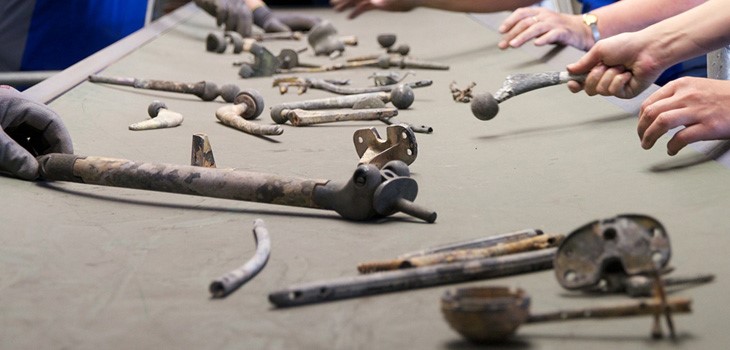In Sweden around 100,000 people pass away every year, and 70% of those are cremated [1]. Since 2016 it has been mandatory for the church to arrange recycling for any and all metallic components left after cremation.
Since then, 60 tons of metal has been recycled. It was calculated that a value of 250 Million dollars could be recouped per year if the Swedish numbers were extrapolated to the United states and Europe.
These metal parts are melted down back into ingots and can be repurposed into new materials. These normally cannot be re used as implant materials, due to increased chance of infection rate and if cremated have been chemically altered by the heat. But the high-grade titanium and cobalt ores can find there way into the aviation industry [2].
For future thoughts and discussion … What can we do with the implants that are not used and have been replaced the ever-advancing technologies and materials?
References
- Lidgren, L., Raina, D.B., Tägil, M. and Tanner, K.E., 2020. Recycling implants: a sustainable solution for musculoskeletal research. Acta Orthopaedica, 91(2), pp.125-125.
- https://www.theguardian.com/sustainable-business/2015/oct/06/metal-body-parts-hip-knee-replacements-cremation-circular-economy-recycling
- Header Image: https://ryortho.com/breaking/the-afterlife-of-cremated-orthopedic-implants/

This article was written by Ben Clegg part of an ongoing series of scientific communications written and curated by BioTrib’s Early Stage Researchers.
Ben is researching the Wear particle characterization and bio-compatibility of newly 3D printed self-lubricating polymer composites in total joint replacements at Luleå University of Technology, Sweden.

